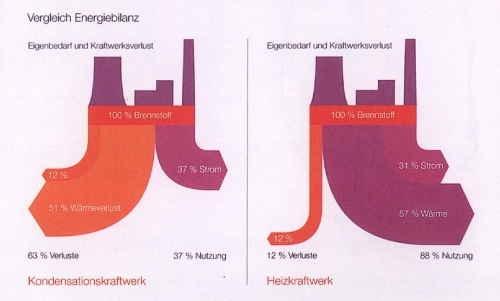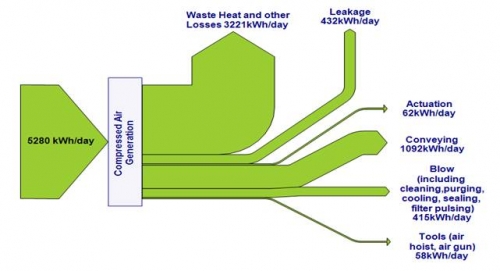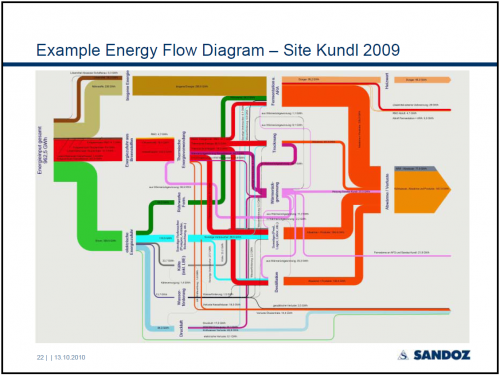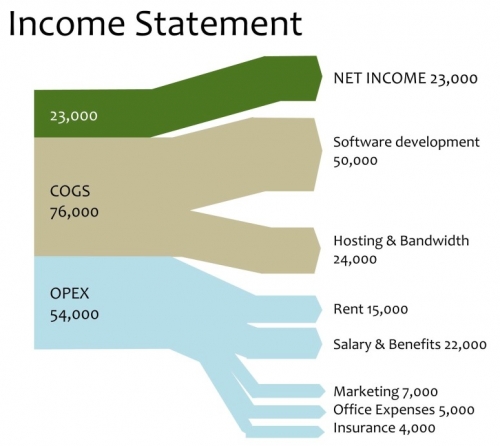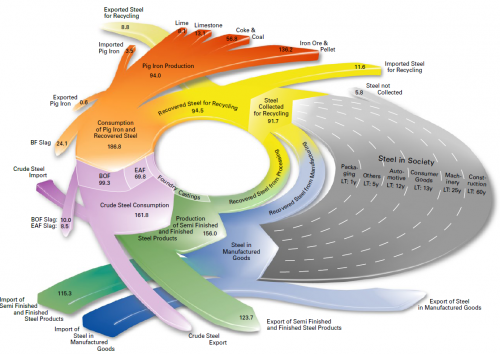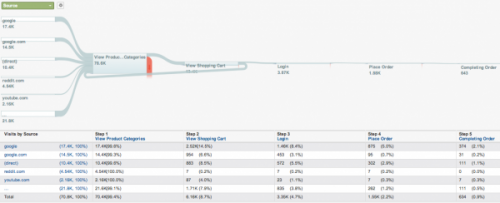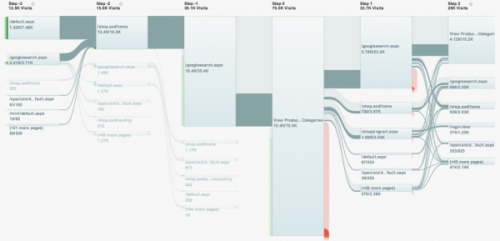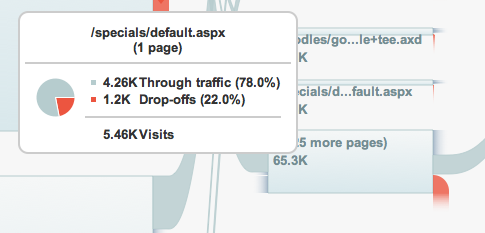Found this comparison of the efficiency of two power plant technologies on Russian design journal website kak.ru (via jvetrau’s bookmarks on visulize.us)
The Sankey diagram is in German and from the quality of the image I assume it is a scan from a printed publication. This seems to be a comparison of power plant technologies (‘Kondensationskraftwerk’ vs. ‘Heizkraftwerk’). The plant on the left has 63% losses and produces only electric energy, while the one on the right makes use of 88% (of the primary energy?) and produces both heat and electricity. A nice detail is the power plant silhouette sitting at the top.
If anybody has a clue where this vintage-style Sankey diagram has been originally published, please let me know.
